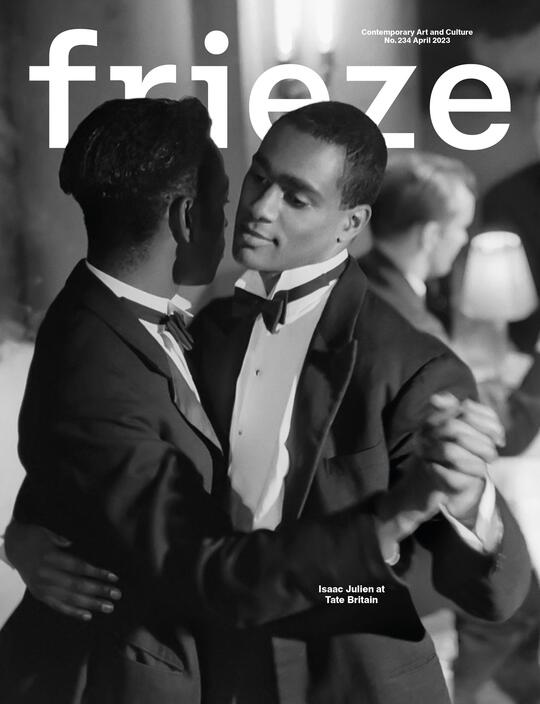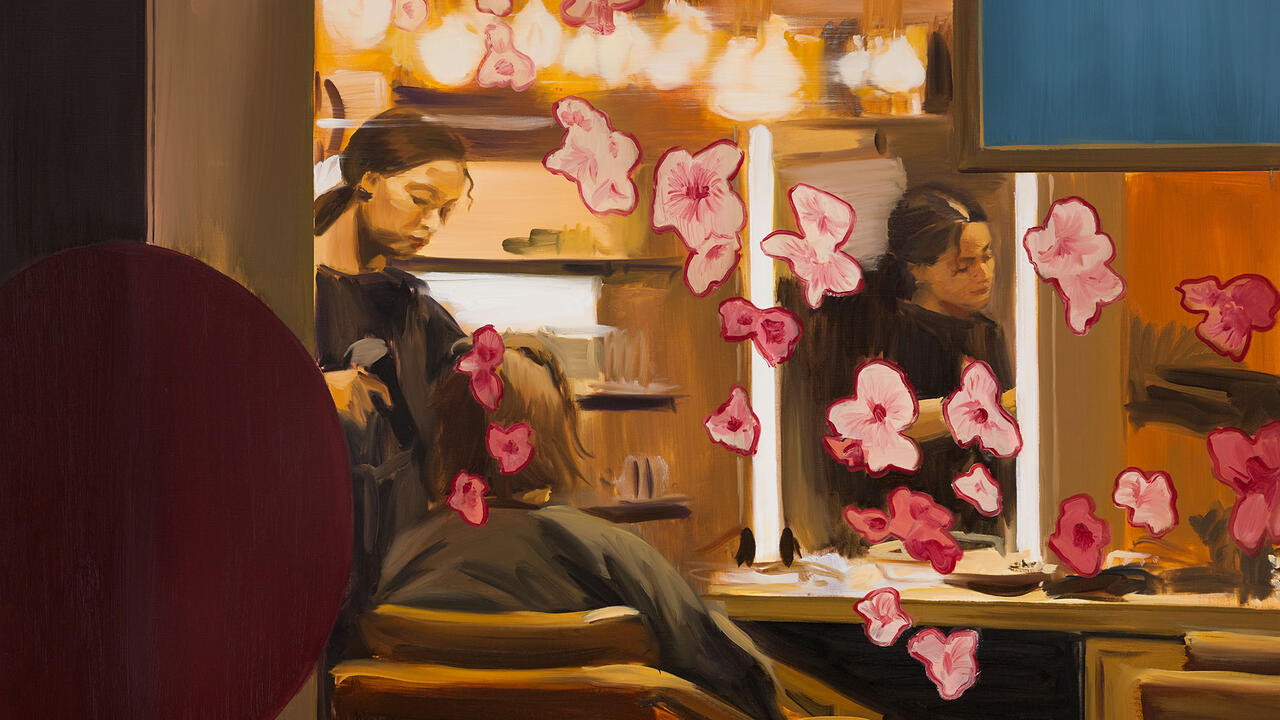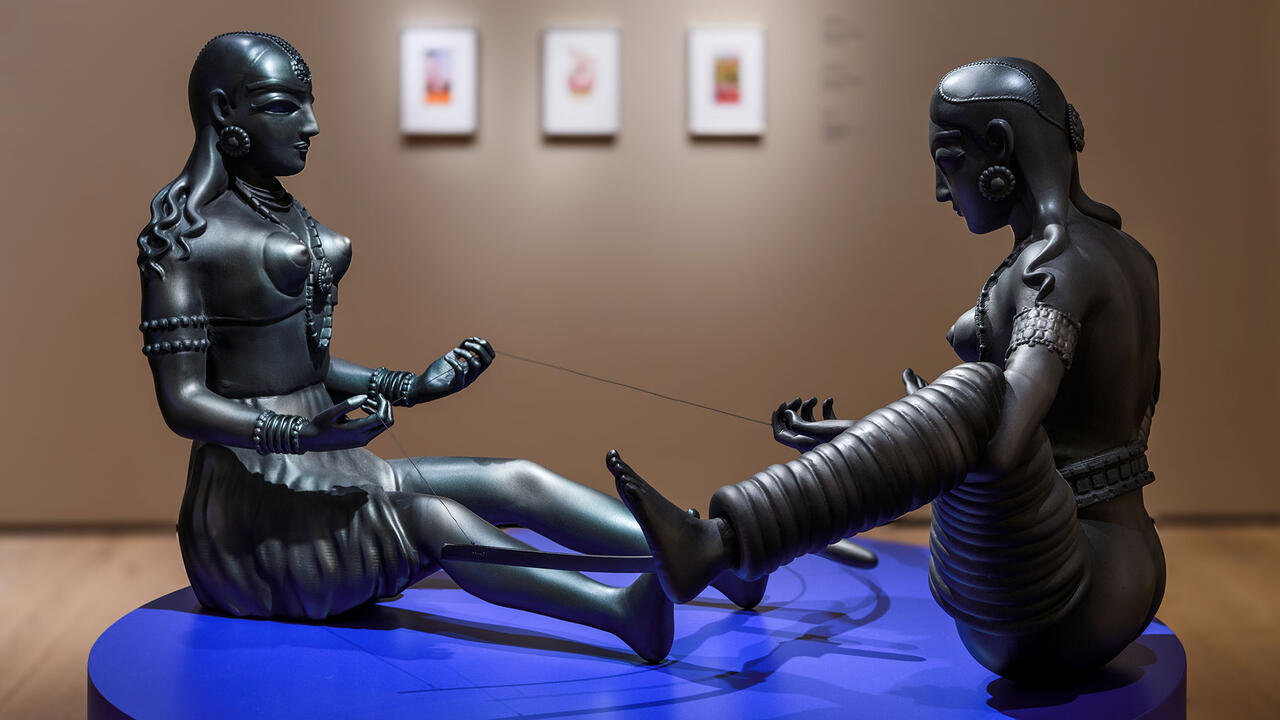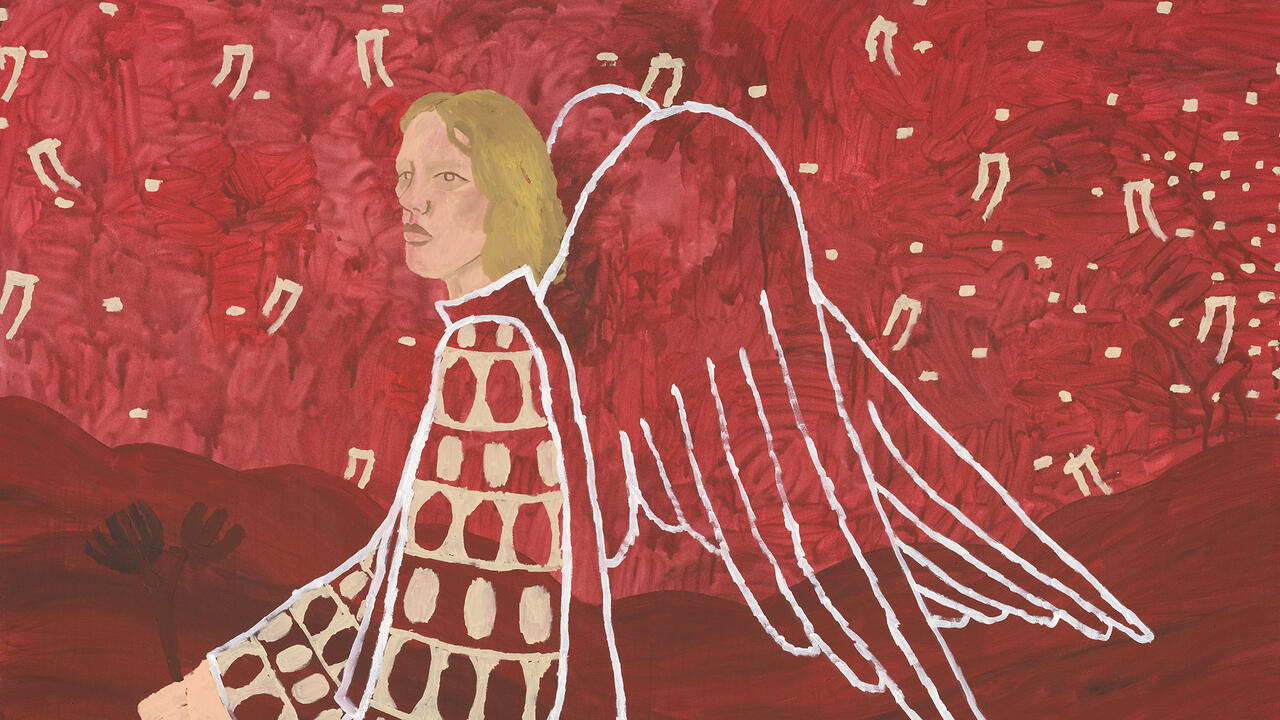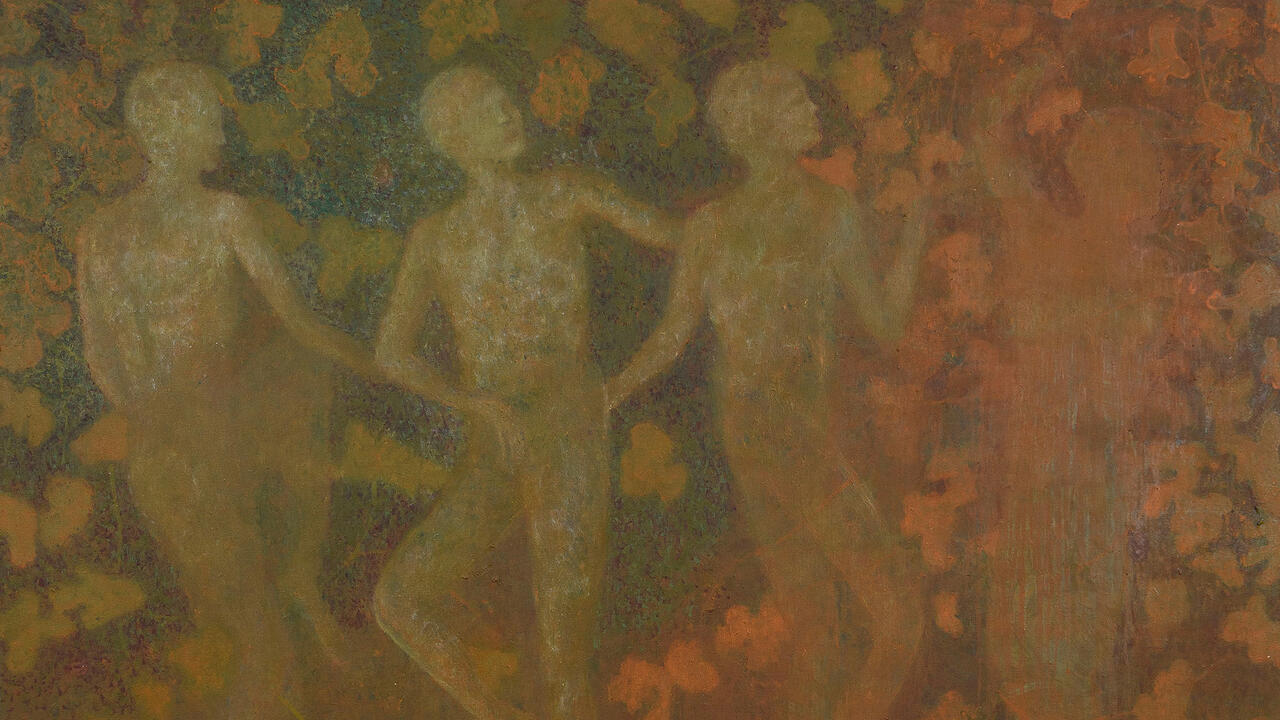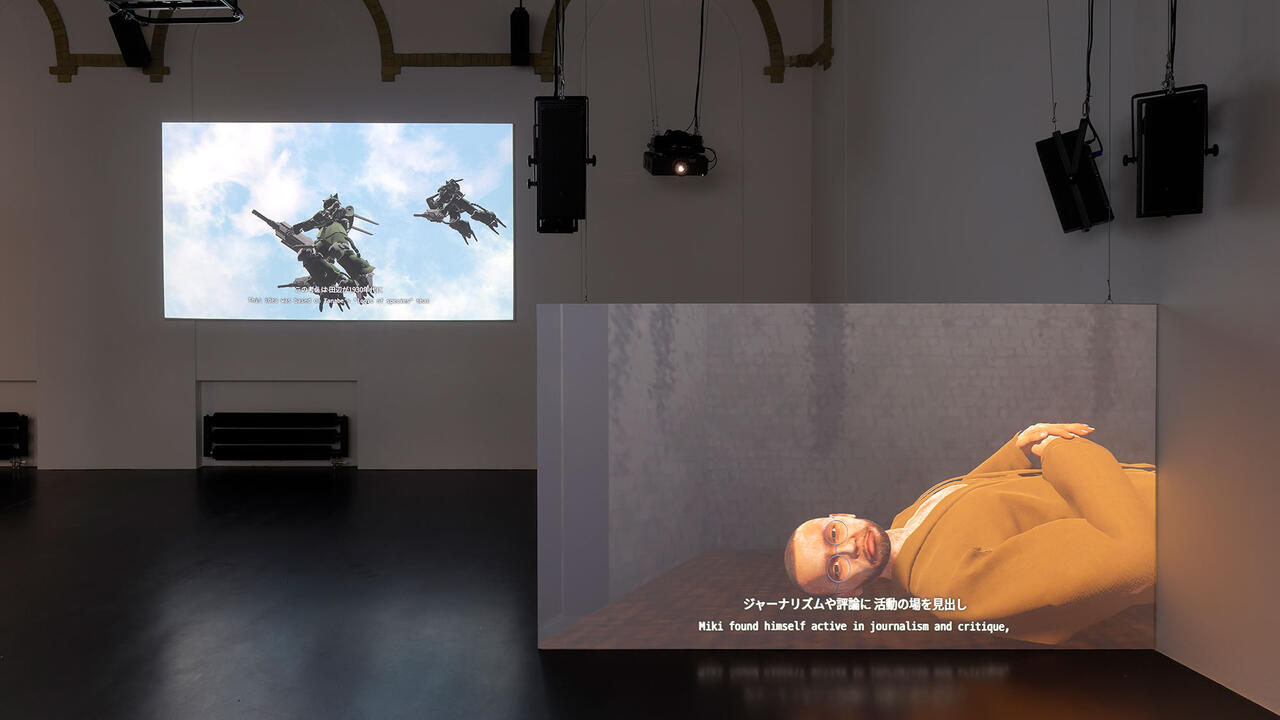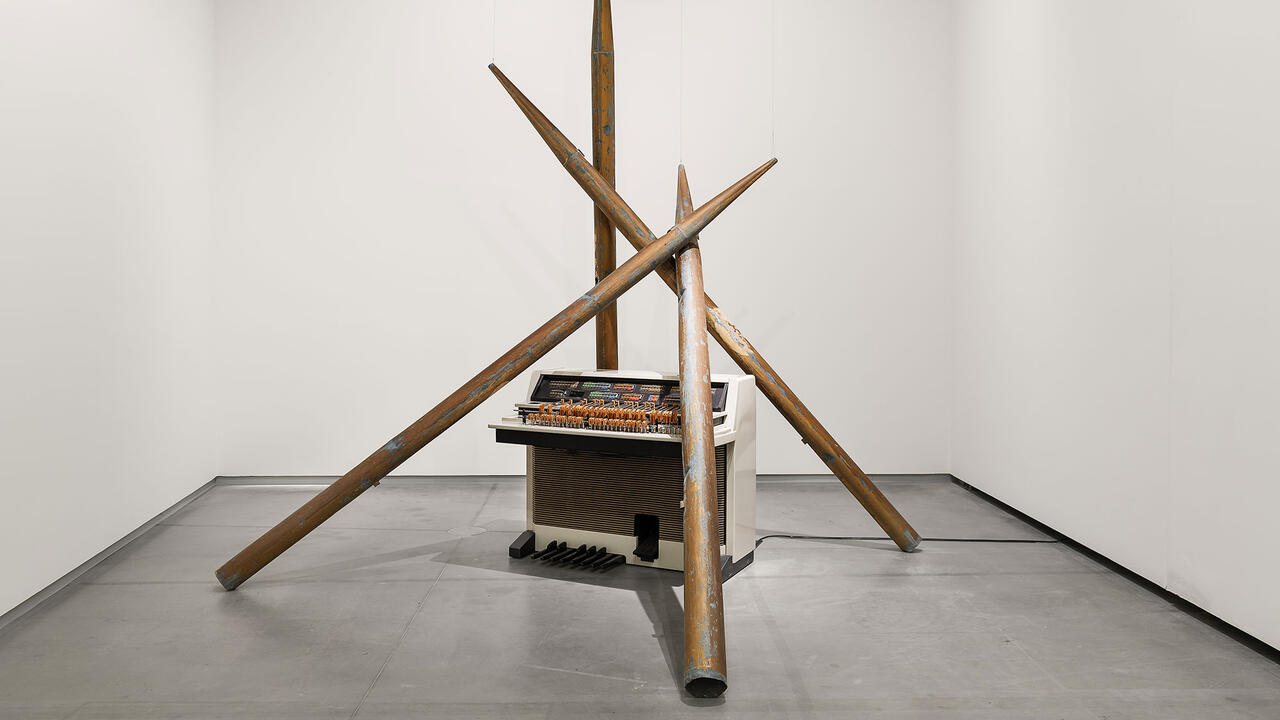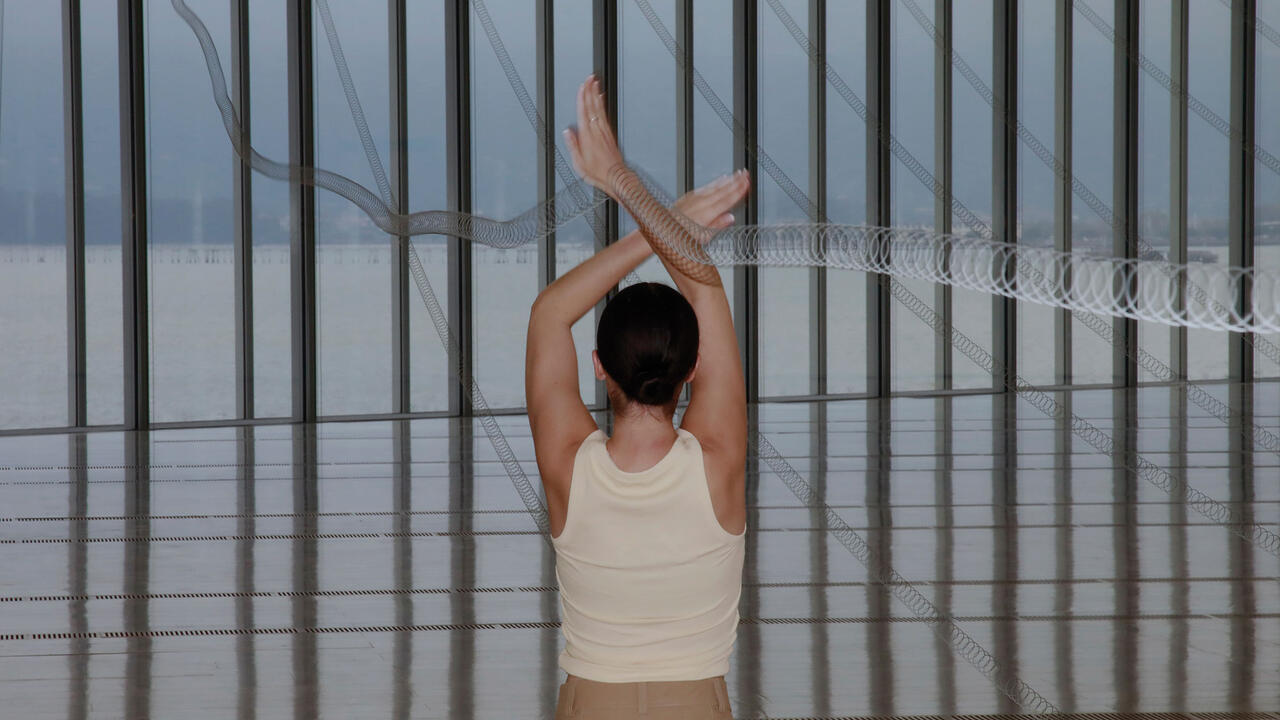‘Matter. Non-Matter. Anti-Matter.’ Reanimates Bygone Exhibitions
Cleverly combining digital models, existing artworks, new commissions and archival material, the group exhibition at ZKM, Karlsruhe, recreates two historic shows
Cleverly combining digital models, existing artworks, new commissions and archival material, the group exhibition at ZKM, Karlsruhe, recreates two historic shows

The exhibition ‘Matter. Non-Matter. Anti-Matter.’ at ZKM in Karlsruhe is an experiment in curatorial conservation. At its core are two seminal exhibitions: ‘Les Immatériaux’ (The Immaterials), curated by postmodern philosopher Jean-François Lyotard at Paris’s Centre Pompidou in 1985; and ZKM’s own ‘Iconoclash’, spearheaded by the late philosopher Bruno Latour, with artist Peter Weibel and curator Hans Ulrich Obrist among many others, in 2002. While the first show investigated the changing relations between humans and their surroundings in the burgeoning information era, the latter focused on the Western iconoclastic craving for setting up and destroying images and frames of representation. With clever digital models, a selection of artworks from the original shows, new commissions and archival material, ‘Matter. Non-Matter. Anti-Matter.’ brings these two shows back to life – not as simple re-creations but as a vigorous follow-up that charts new possibilities for conserving exhibitions in the digital age.

Inherently interdisciplinary, the two source exhibitions collected thoughts and objects from different fields, such as science, technology and religion. ‘Iconoclash’, for example, included a piece of the Berlin Wall and an anonymous, 15th century sculpture of the Pietá, shattered during the Reformation, to highlight the conflicting desire to destroy an image, idol or symbolic object then save its ruptured remains. These relics were shown alongside clearcut iconoclastic works, like Martin Kippenberger’s wooden sculpture of a crucified frog (Fred the Frog Rings the Bell, 1990), and more contemplative ones, such as Nam June Paik’s Zen for TV (1963/86): a CRT television modified to display a single vertical line of light at its centre. ‘Matter. Non-Matter. Anti-Matter’ brings these works back both in the flesh at ZKM and as models in an online simulation. With a sleek interface and an interactive exhibition design – one which constantly rearranges itself based on a machine-learning algorithm that determines the viewer’s preferences through their interaction with the artworks – the online exhibition generates an experience that doesn’t seek to mimic the original but, rather, to reimagine it.

New virtual dimensions also inhabit the physical exhibition space. When Kazimir Malevich first presented his now-famous Black Square (1915) at Dobychina Art Bureau in St Petersburg, the canvas was hung high up in the corner of the gallery, where traditionally a religious icon would be displayed in an Eastern Orthodox home. Since the original Black Square – considered the first painting with no subject or object of representation – could not be loaned for the duration of ‘Iconoclash’, a copy was commissioned by the curators (an act of iconoclastic heresy in itself). In ‘Matter. Non-Matter. Anti-Matter.’, another black rectangle rests on a pedestal beneath the copy of the Malevich: a tablet. Looking through it at the painting triggers Never Not There (2022), an augmented-reality work by Damjanski that maps a plethora of cables and bolts onto the surrounding space to hint at the vast concealed networks of material infrastructure both within the gallery itself and behind the opaque surface of the contemporary black rectangle.

One of the only artworks included in both ‘Iconoclash’ and ‘Les Immatériaux’ is Giovanni Anselmo’s remarkably subtle Invisible (1971). Comprised of a slide projector facing the centre of the room, it projects the word ‘visible’ onto any solid body with which its rays intersect. Besides being a contemplation of the seen and unseen, of matter and non-matter, this work also highlights the action of keeping something visible. Today, as technology becomes obsolete at an ever-faster pace, and essential components from artworks, such as the once-ubiquitous projector bulb, are threatened with discontinuation, conservation is an increasingly urgent issue. With its two virtual models that will remain accessible long after the current exhibition ends, ‘Matter. Non-Matter. Anti-Matter’ shines through with new methods for keeping curatorial relations and artistic creations afloat.
‘Matter. Non-Matter. Anti-Matter.’ is on view at KZM, Karlsruhe, until 23 April.
Main image: Martin Kippenberger, Fred the Frog Rings the Bell, 1990, documentation photograph








